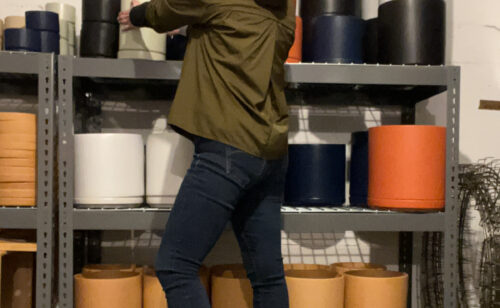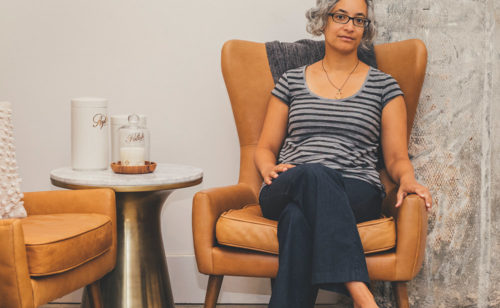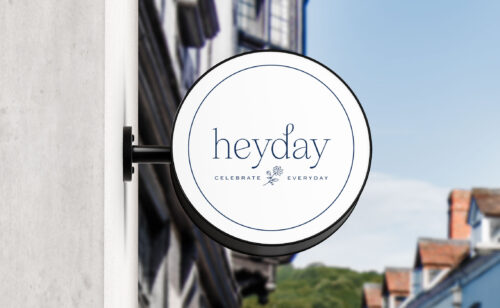
The financing options for ecommerce/online shops that we’re covering are:
- Self-funding
- Loans
- Grants
- Crowdfunding
- Investors
How are you going to fund all of the ideas for your business? When things are going well, you may be making enough income that you can reinvest it directly in your business. At other times, you may need to conjure up some money before it’s been earned, such as to buy inventory, or for another big purchase. Even if you have no need for additional funds right now, it’s smart to have a funding option ready in case of emergency, such as establishing a line of credit with your bank.
Below is some more information about the types of funding you could look into, and stories and tips from business owners who have used these methods.
You can also take the next step and request our guide to get started finding all of these opportunities, including links to organizations that fund small businesses, and specific grants you can apply for: get the guide here.
Self-Funding
This is a great financing option if you can do it because it means you retain complete control of your business, and you don’t have debt. This might be your own savings, or money gifted from family or friends. Many small business owners will save up to start a business or keep a “day job” as long as they can to fund their new business. Here are some stories from business owners about funding their own business:
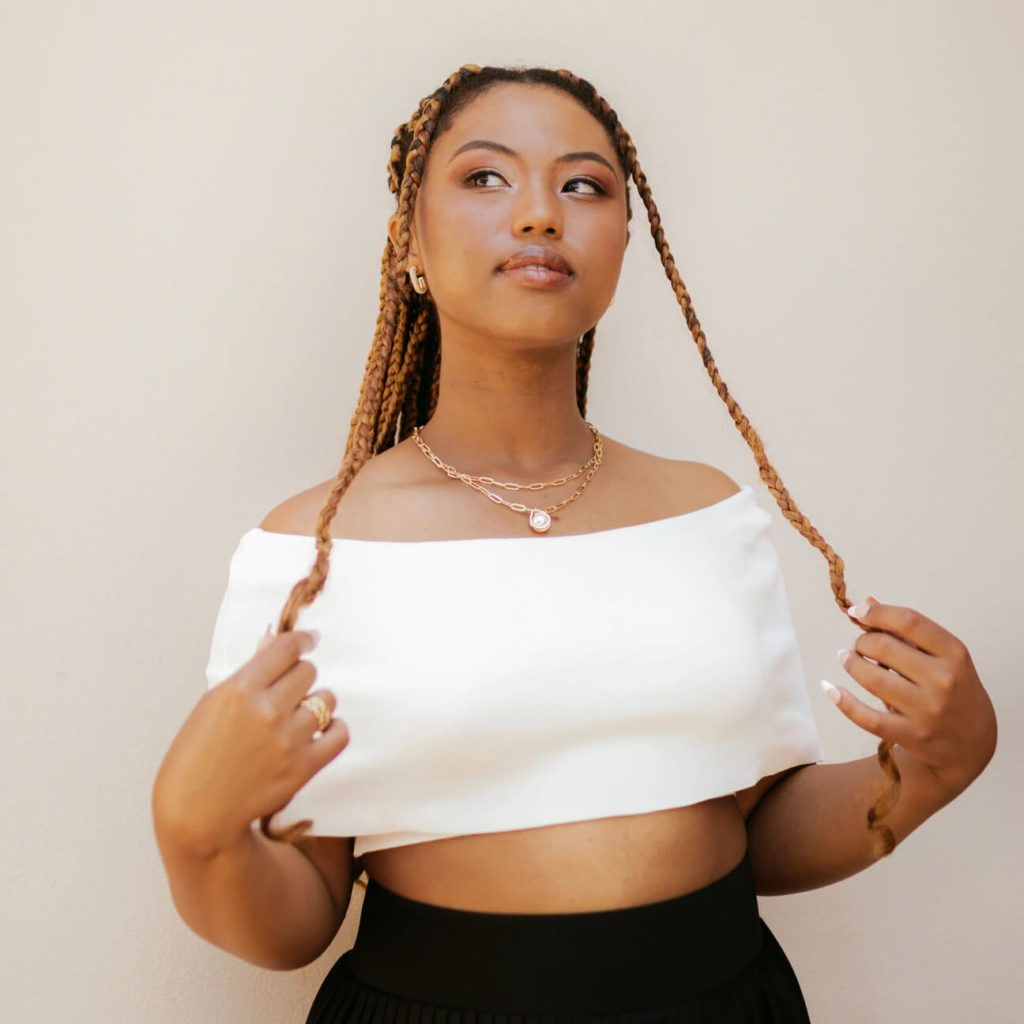
I knew I wanted to start a business from a young age, because money was limited and I viewed owning a business as a way to break free from that pattern. ZiZi Amare is 100% self funded. In the beginning I worked three jobs before I even knew I wanted a jewelry business; Teacher’s assistant, tutor and front desk concierge. I saved that up and during the summers when I couldn’t be a teacher’s assistant I filled that in with babysitting. Once I got a bit older and had more experience in my college major I got a paid internship in Supply Chain which helped fund my business more than before. In total I was saving for 5 years and 3 years into those 5 I knew I wanted to start a jewelry business! It’s been very difficult bootstrapping the whole thing but it’s slowly paying off.
Marta Biedes, ZiZi Amare

I grow cut flowers. I used portions of my tax refunds to fund my business. I used it to set up infrastructure, pay for marketing and branding materials. Spring is when I need to purchase bulbs for the next year. It’s also when my revenue season is just starting. So, tax season is perfect timing!
Marly Surena-Llorens, Fenimore & Rutland
When I need expert help for my Shopify site, I dedicated revenue for two months towards that. I’m at a point where I need to build a floral cooler and considering the various ways to fund that. This is important for my next stage of growth.
Loans
Loans are one of the more straightforward financing options for small businesses. These entail borrowing money to pay back with interest. Small business loans can take quite a bit of work, but you may find they are for higher amounts and with lower interest rates than smaller, easier loans, such as Shopify Capital. You may also look into a Kiva loan, which has no interest. Here are some tips from business owners on getting a loan:
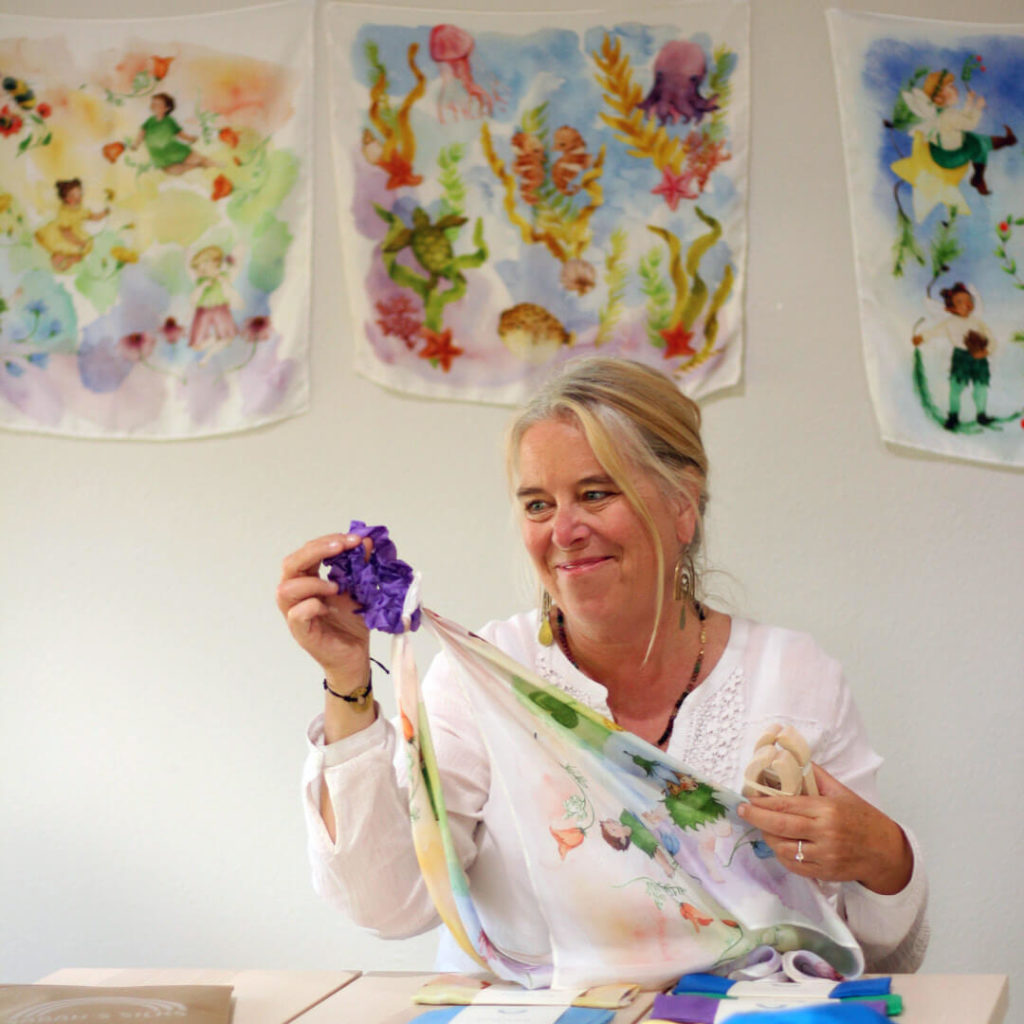
We’ve gotten SBA loans – these take time to get and a lot of paperwork. They are from our local bank, with good interest rates and good amounts. I recommend them. Plan in advance as you need everything up to date in your bookkeeping.
We’ve also done short term Shopify (Amazon & PayPal seem about the same) loans – these fund almost instantly, are large amounts (amount depends on how much revenue is going through the channel consistently), very easy to get, no paperwork, high interest rates, BUT they get paid back fast as Shopify takes out their payment each month. So they are great for 4th quarter inventory purchasing which you’ll quickly sell and pay back the loan over a few months.
Sarah Lee, Sarah’s Silks
Now we are using Wayflyer which I can highly recommend! Lower interest rates and quick pay back terms make it a great option for buying inventory.

Our business has been iterating for several years now, and in that time, we’ve explored various funding options and made some mistakes along the way. A key learning: managing your cash flow is hard but ultimately one of the most important things you can do. With our online yarn and accessory shop, we’ve dedicated ourselves to fully bootstrapping our endeavor by re-investing our revenue into the business, and only using our other funding options (beyond what we can pay off each month) when we feel assured it’s a safe bet. While in the past we’ve sold on Amazon and used their funding, along with the online short-term loan company Kabbage, I’ve realized that for us – traditional banking methods are our best options. To that end, we now have a business Line of Credit with Bank of America and a Chase Ink business card. Here’s a little more info about each:
B of A Line of Credit: We are fortunate enough to have solid credit scores and own our own home, which helped us qualify with Bank of America. We also have our business set up as an LLC which I believe also helps lend legitimacy. While there is a $150 annual fee for this option, we don’t have to use the line at all. I love knowing we have a good amount of funding at our disposal with a decent interest rate (5.5%). There comes a time in your growth cycle where you need to buy more inventory than your sales can fund to get to the next level, and this helps us bridge that gap in a way that feels secure.
Chase Ink: We have a business card with a high account limit which we use for all our business purchases whenever possible. It has a 1% unlimited cash back attached to it which is a bonus, as we can then use that cash to pay off our balance (or choose to apply the points toward travel). The card also comes with several other great benefits, such as 5% cash back on office supply, cable, internet, and phone purchases (up to 25K) and 2% cash back on all gas station and restaurant purchases (up to 25K). This, combined with travel, automatic rental car insurance, and more (when you pay with your Chase Ink card) makes us feel great having this in our wallets. That said, it is a credit card with high interest rates (~15%), so keeping it paid up each month is key.
One more thing to mention is a Solo 401K (aka an employer 401K). We set up an E*Trade employer 401K account when we did our LLC paperwork several years ago, and this allows us to borrow up to 50K of our own retirement savings with no penalty or interest for up to 5 years. This is a back-pocket insurance policy for us, and the goal is to never have debt that exceeds our ability to pay it back with this in an emergency. You must have enough money in your account to loan yourself up to the 50K, of course, but this might be something to explore. Also, keep in mind – only some banks allow for penalty-free loans of that size, so shopping around with that in mind is key.
Gina Spadoni, Global Backyard
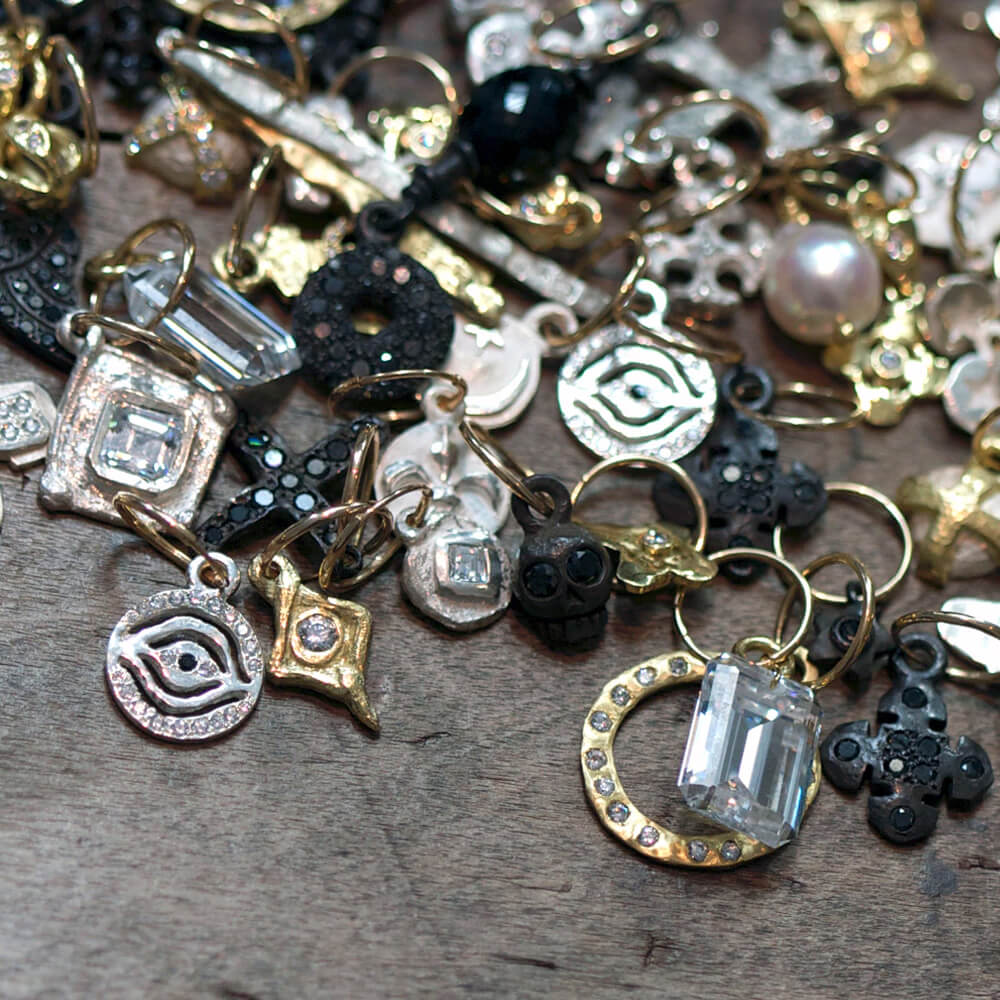
We’ve used the Shopify funding on several occasions. It’s very straightforward, clear & instant. For us, the no hassle application process is a huge bonus. Applying for other small loan options becomes a little more complicated for us since we have a silent partner that is legally involved from long ago but not in any other capacity. The Shopify funding bypasses involving them in the application since it is all within the Shopify platform. We have used several of these small loans through Shopify which has granted us the confidence to stretch and step into new projects without financially worrying.The loan payback is pulled from incoming sales over time so it’s really simple & hassle free.
Dyan Ashby, Lee Brevard Studio
Get links to six loan providers in our free guide, here.
Grants
This is one of the financing options that won’t put you into debt. Grants are money that you don’t have to pay back — like a prize — and usually are funded by nonprofits, corporations, and government agencies. Applying for grants can be quite a bit of work, but with a great reward. Here are some tips about applying for a grant as a small business:
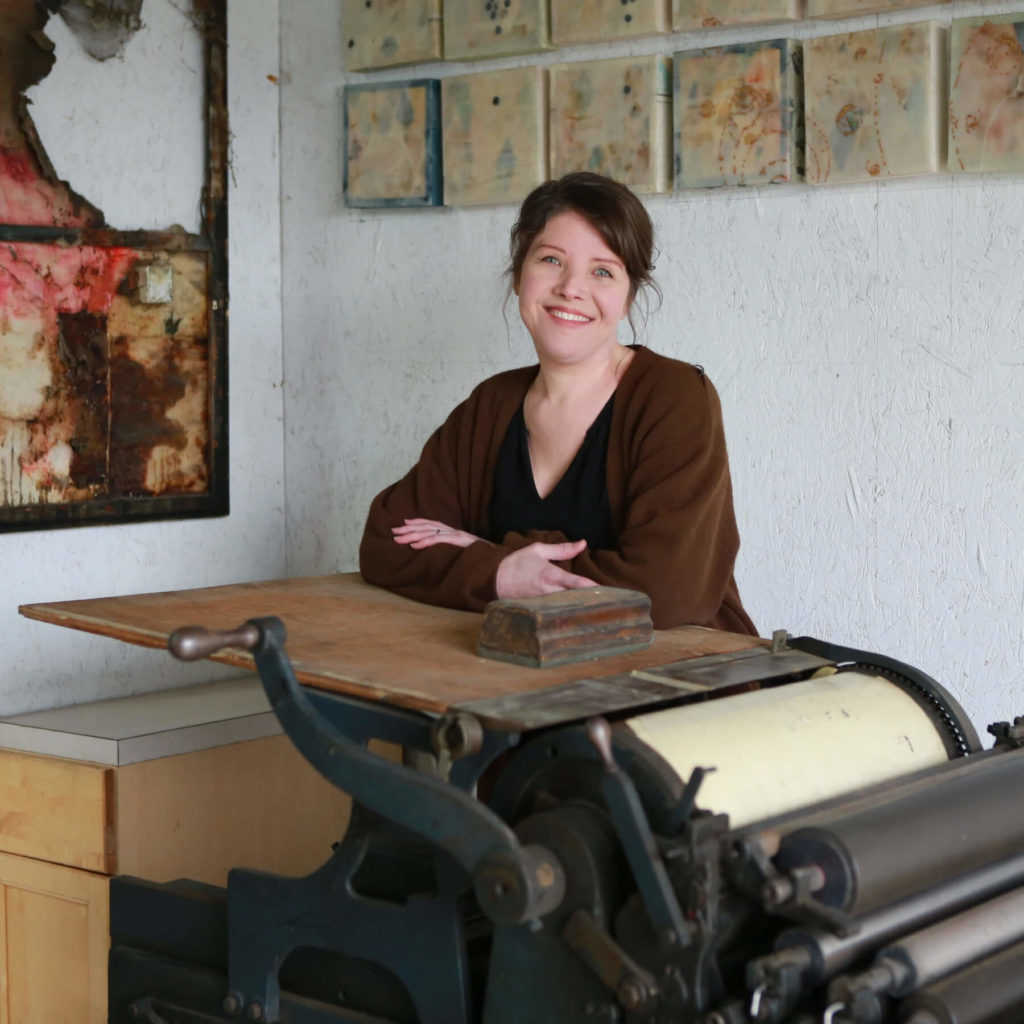
I received an IDA grant for my business when I was just starting. This is a federal savings match program and can be used for starting a business, buying a first home or college tuition. As this is a federal program, there are a lot of hoops to jump through (submit a business plan, take a personal finance course, set up an IDA savings account and set aside a designated amount of money each month.) Once I saved up $2,000, that amount was matched 2:1, so I then had $6k to spend on my business. Each purchase has to be submitted for approval, which is a bit of a bureaucratic process. This funding is for low-income folks. I really appreciate receiving this grant and it has helped my business very much! If I knew how much my business would shift from the time I received this grant until now, I would have spent the money a bit differently, but there was no way to know that at the time. Nonetheless, I made some savvy investments. 🙂
Jessica Molnar, Odd Duck Press
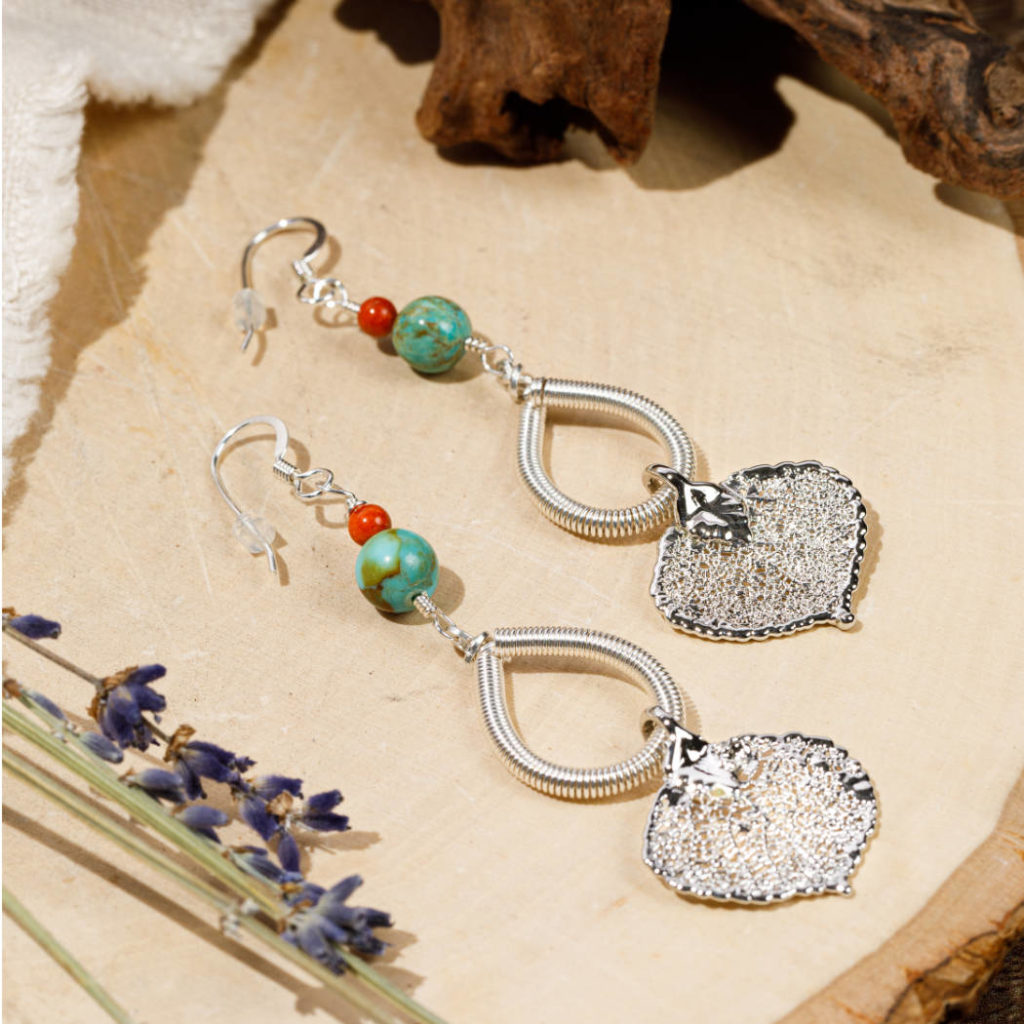
In 2020, I was awarded a small arts grant from the State of Montana. The grant was used to retain a trademark and copyright attorney to complete my trademark filing. The grant was a COVID relief type of grant administered by the state Arts Council and the National Endowment for the Arts, and although very small ($2,000), it helped tremendously with the attorney fees as it covered about 85% of the attorney’s fee and the trademark filing fee combined.
Applying for the grant on the Montana Arts Council website was not very difficult (albeit extremely tedious), but the post-grant process was both tedious and complicated. Apart from filing a very detailed report about how the grant was used, I was required to send “report and thanks” letters to a number of state officials. The hard part of this was that the state didn’t provide their mailing addresses, so I first had to do research to find those (a very time-consuming process), and then compose a different letter (the requirements were set by the state about who should receive what type of letter) and mail it to each of them. Last but not least, deadlines for these post-grant activities were not clearly communicated upfront, so it ended up being a last-minute scramble to accomplish all of that.
Jelena Louie, Buckaroo Bling
Crowdfunding
Crowdfunding is usually a way to get pre-sales from potential customers who want to see your exciting new idea out in the world. You tell your story, explain where the money will go, and if enough people are interested, your loan is funded, giving you enough money to create the product. See some tips from our client, Ruth Rau:

Setting up a crowdfunding campaign is no joke. It takes months to set up a professional looking crowdfunding page. I started by combing through other successful projects within my niche market and made a list of the elements that were included on all of their pages. [Read all seven of Ruth’s tips here]
Ruth Rau, Mouse Loves Pig
Investors
Investors will provide funds in exchange for partial ownership of your business. This can be an effective way of entering into a financing partnership, but you end up with more people to answer to beyond just yourself. Here’s some advice on working with investors:
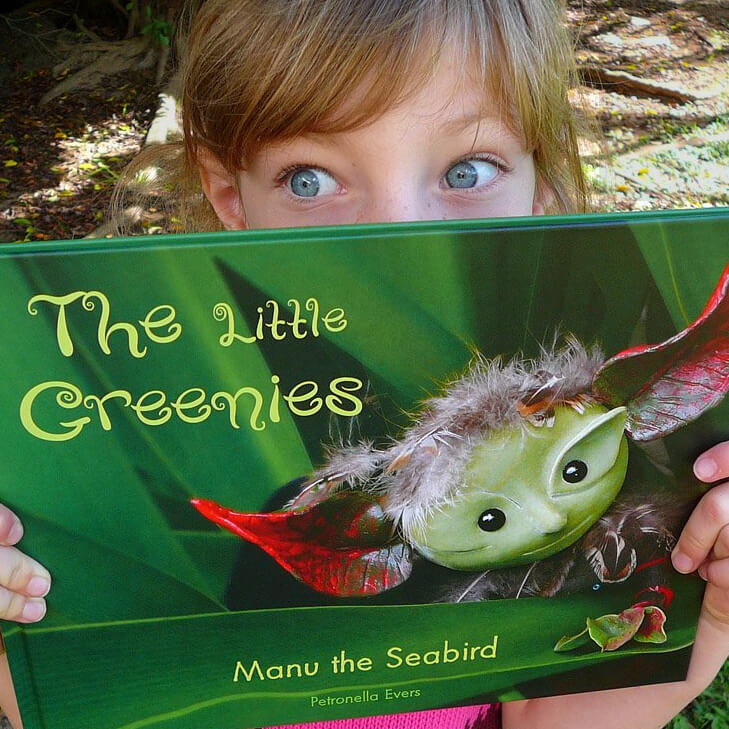
I applied once for an incubator program (and funding) to produce a TV show of The Little Greenies. I was selected to the last 6 candidates. However it was a government funded incubator and the people who set it up filled most of the slots themselves. I wish I had known this before applying since it took a lot of time to prepare.
“Funding” once came in the form of a promised partnership. This was with a well funded VC group. The deal was 30% ownership of my business earned over three years. In exchange they would run the business in terms of strategy, marketing, website, shipping etc. All I needed to do was be creative. As an artist this was a dream deal. However, aiming to be 100% plastic free made the production costs more expensive and after a year of development together this became a breaking point. So was the fact that they had no real world experience in what they promised to do since this was not their field of expertise.
Lesson learned: In terms of funding, or sharing your business, it is important that you align with the right people.
Petra Evers, The Little Greenies
There are quite a few financing options for small businesses, and most people agree that you should have something in place when you don’t need the money, so it will be there when you do. It’s a lot easier to get funding for a business that is thriving than one that is struggling! Which of these could work well for you?
Free Ecommerce Financing Guide
We've done your homework for you!
Get to the next level with your brand using this guide to the types of funding available to your business. The financing options that we cover are:
- Self-funding
- Loans
- Grants
- Crowdfunding
- Investors
The detailed guide includes links to get started on multiple different funding options for your business, and will save you some research time.
Browse Posts
A Newsletter That Goes Beyond Shopify 101
It’s easy to find beginner info about ecommerce online. If you’re past that? Subscribe to our newsletter for advanced strategies and need-to-know info for established shops.
Learn how the top shops grow:
"*" indicates required fields
Related Posts
Let's take your online shop to the next level
The Shopify websites we design have a reputation for substantial improvements to ecommerce conversion rates and online sales. Let's talk!
 Grab my guide to the 10 main ways to grow traffic and optimize to boost sales.
Grab my guide to the 10 main ways to grow traffic and optimize to boost sales.
